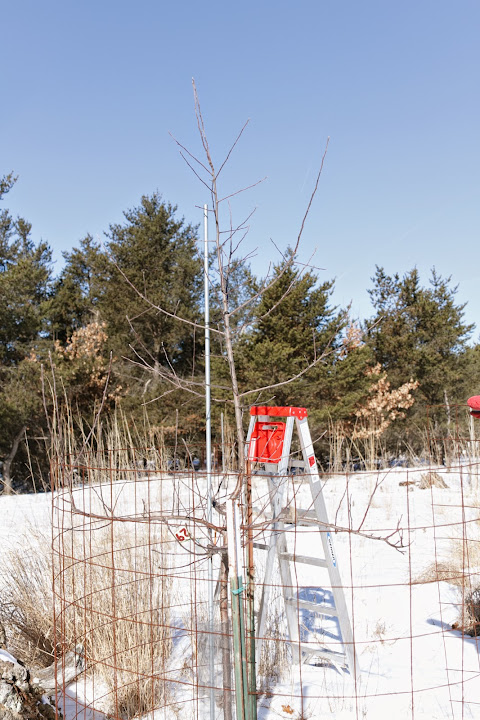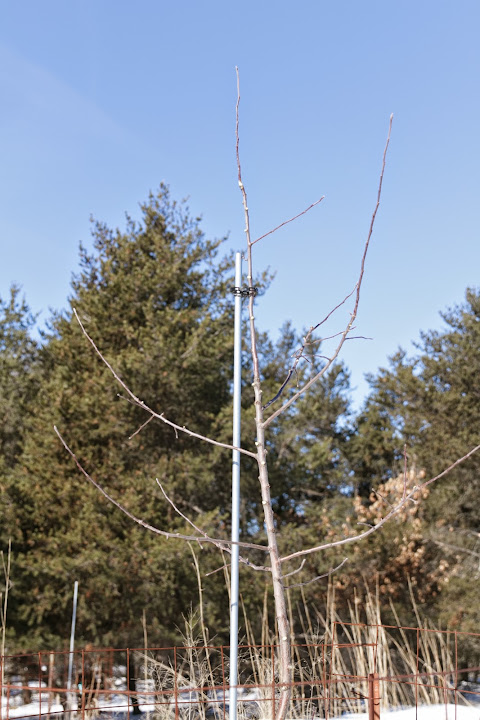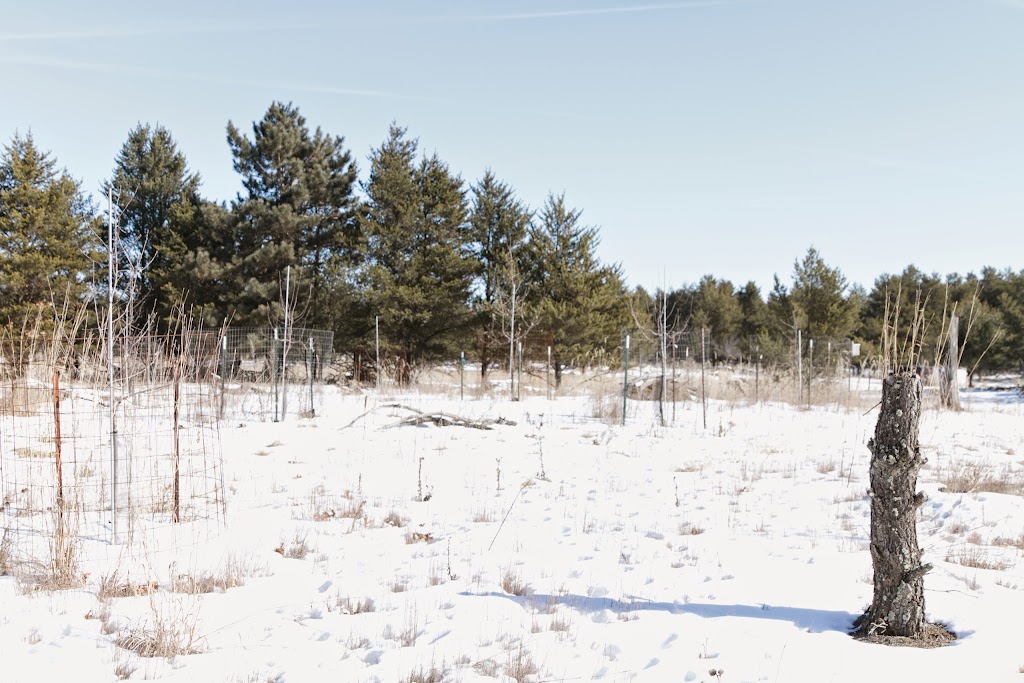CrazyEd
5 year old buck +
Here is another wolf river b118, will be 4th year.

After:

Wider shot of my main orchard which has about 35 trees in it between Oldest tree is 6 years now, a few 5's, majority of 4's and a few 3s. it's been a really fun hobby for me. Every year it should get better and better from a crop standpoint.


After:

Wider shot of my main orchard which has about 35 trees in it between Oldest tree is 6 years now, a few 5's, majority of 4's and a few 3s. it's been a really fun hobby for me. Every year it should get better and better from a crop standpoint.

